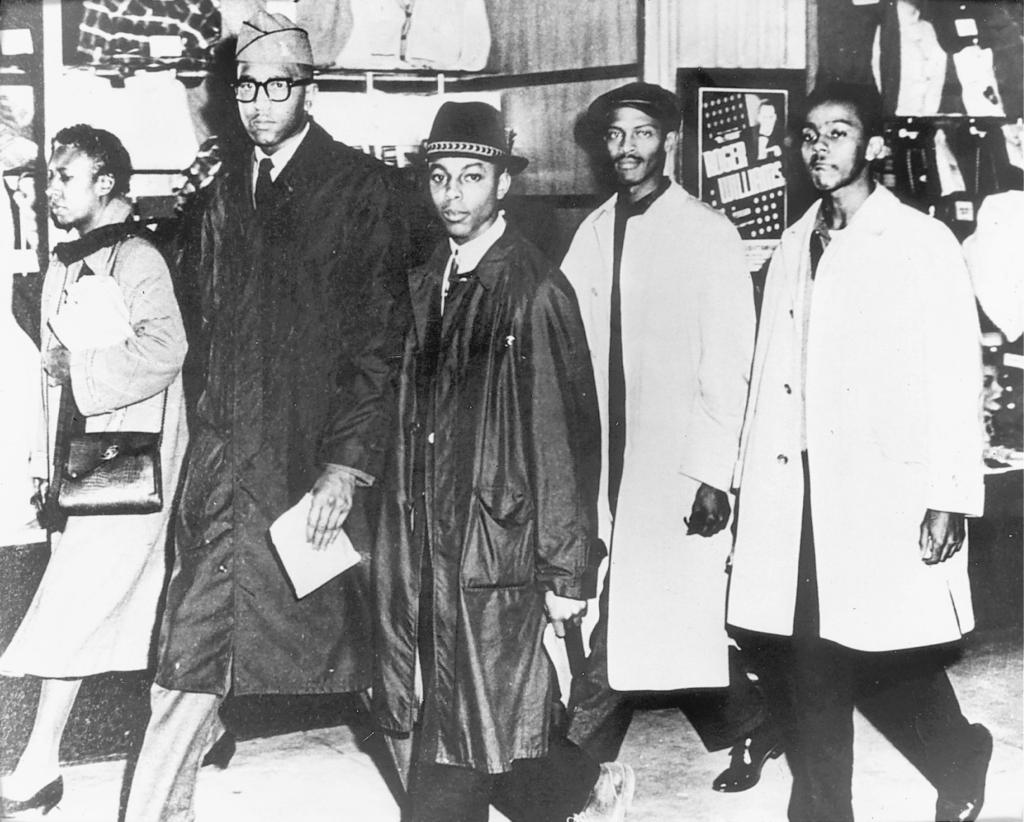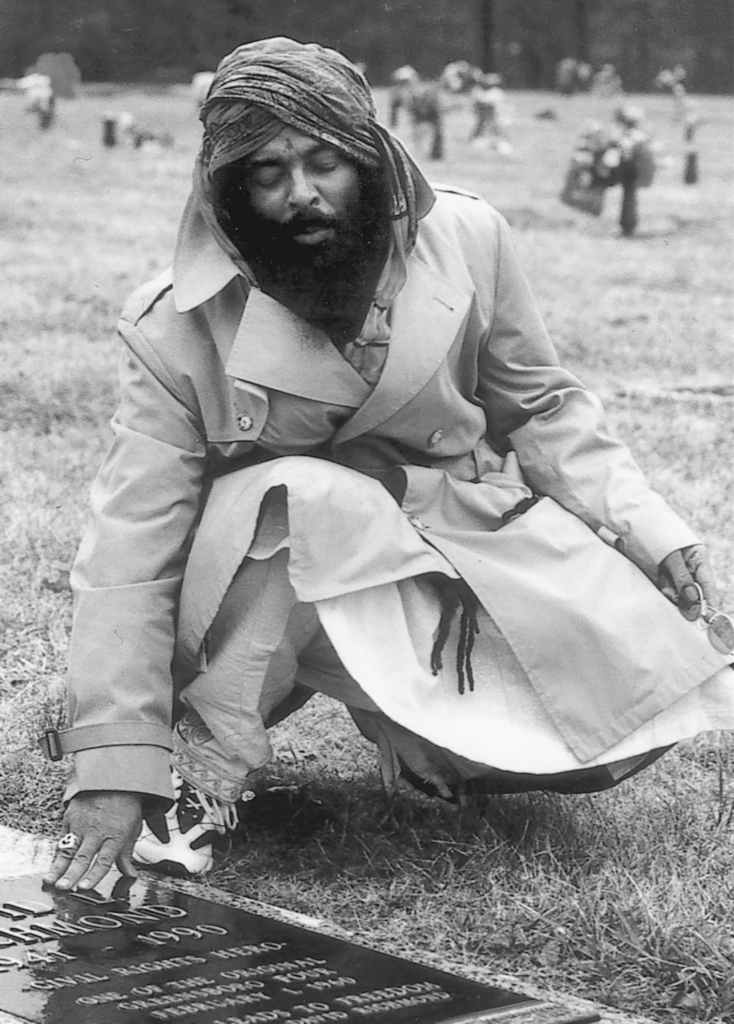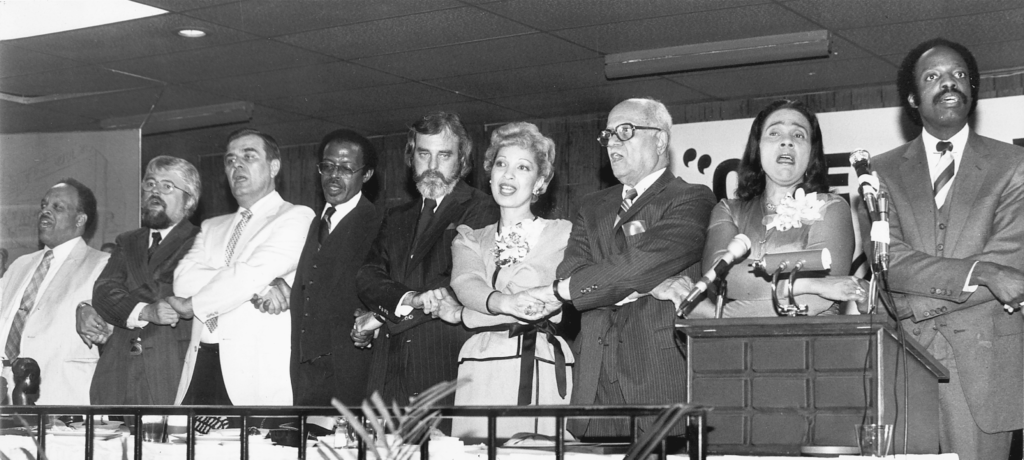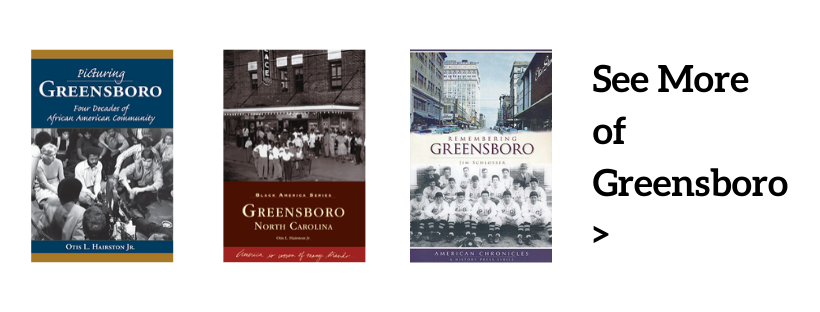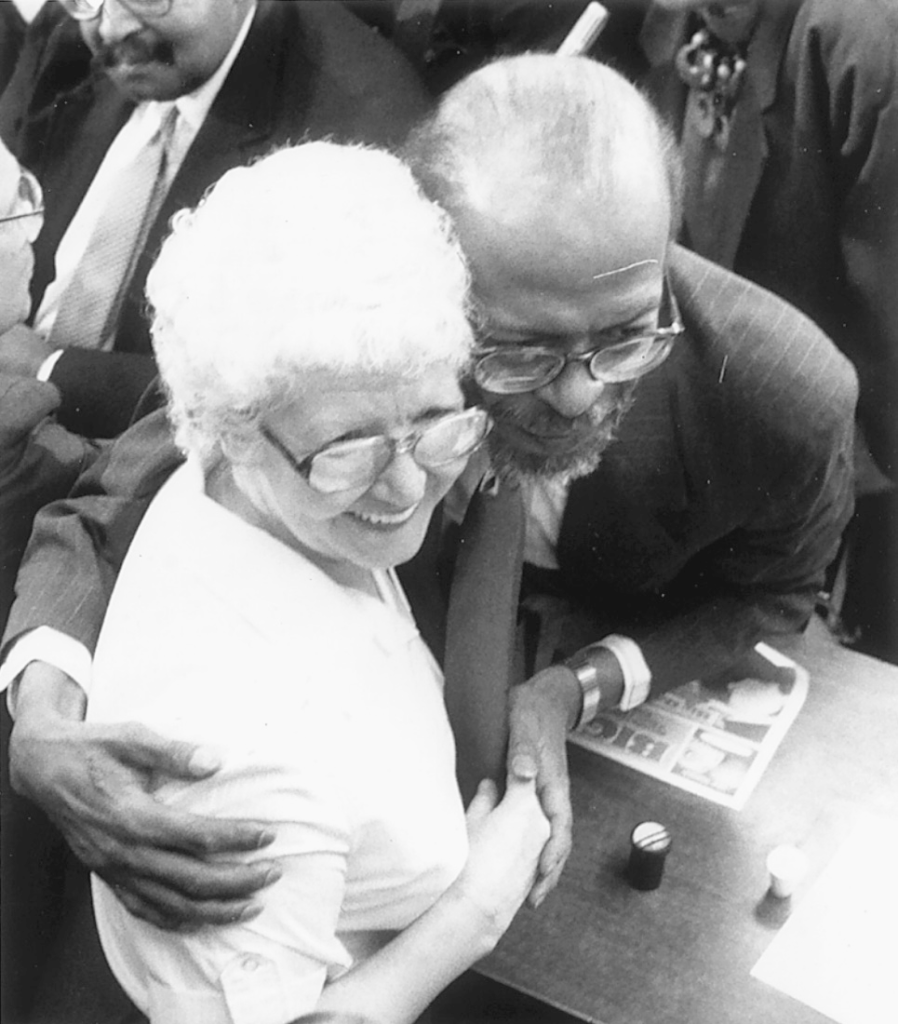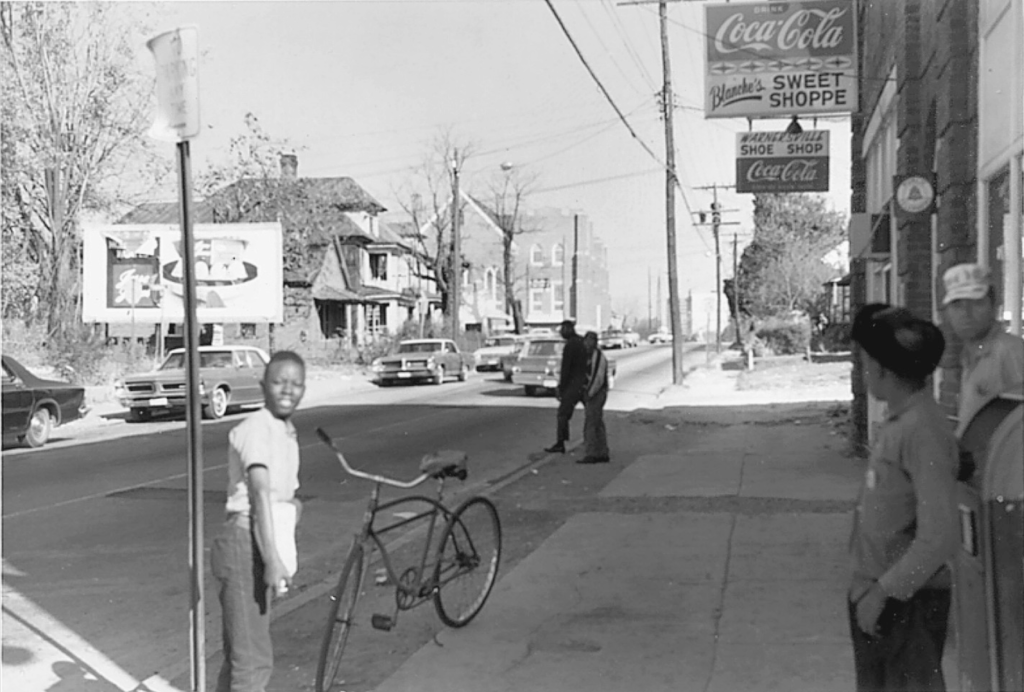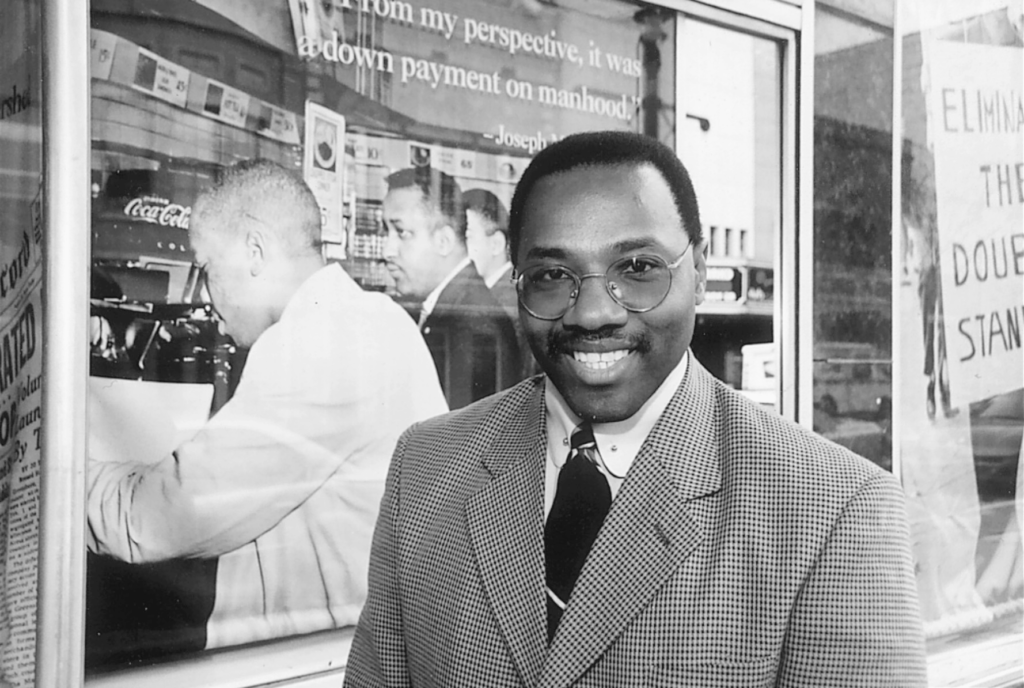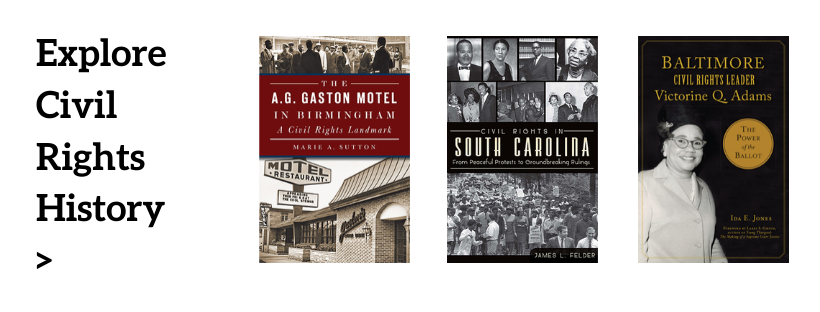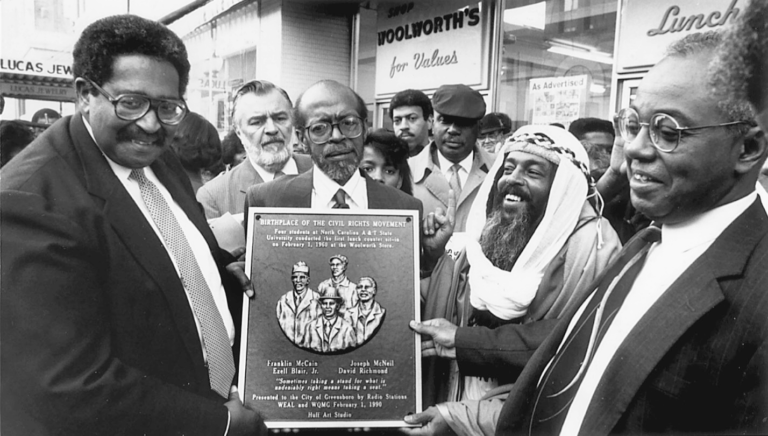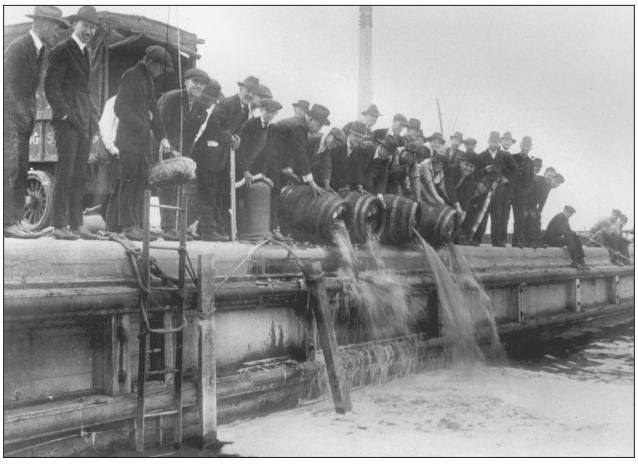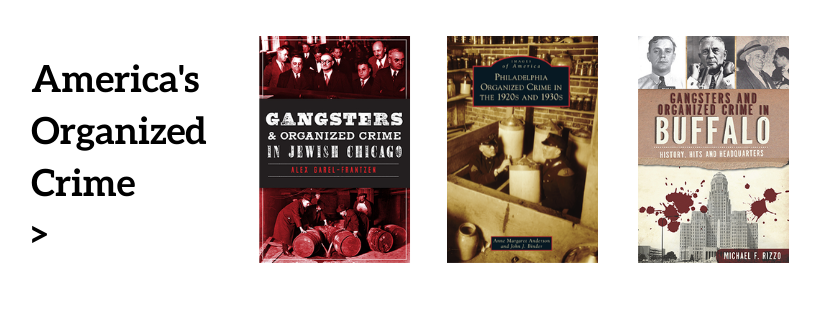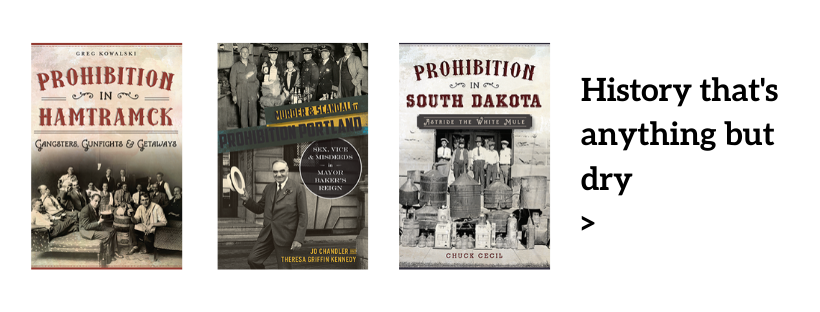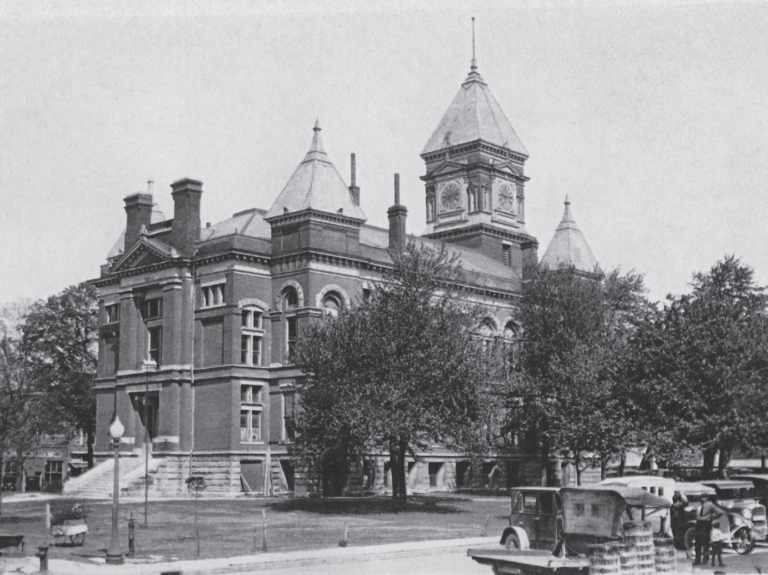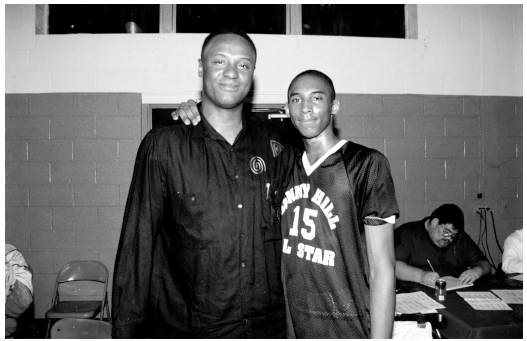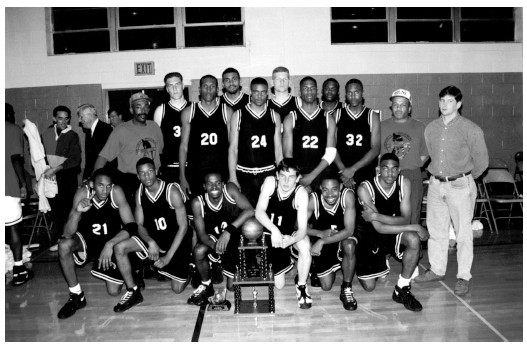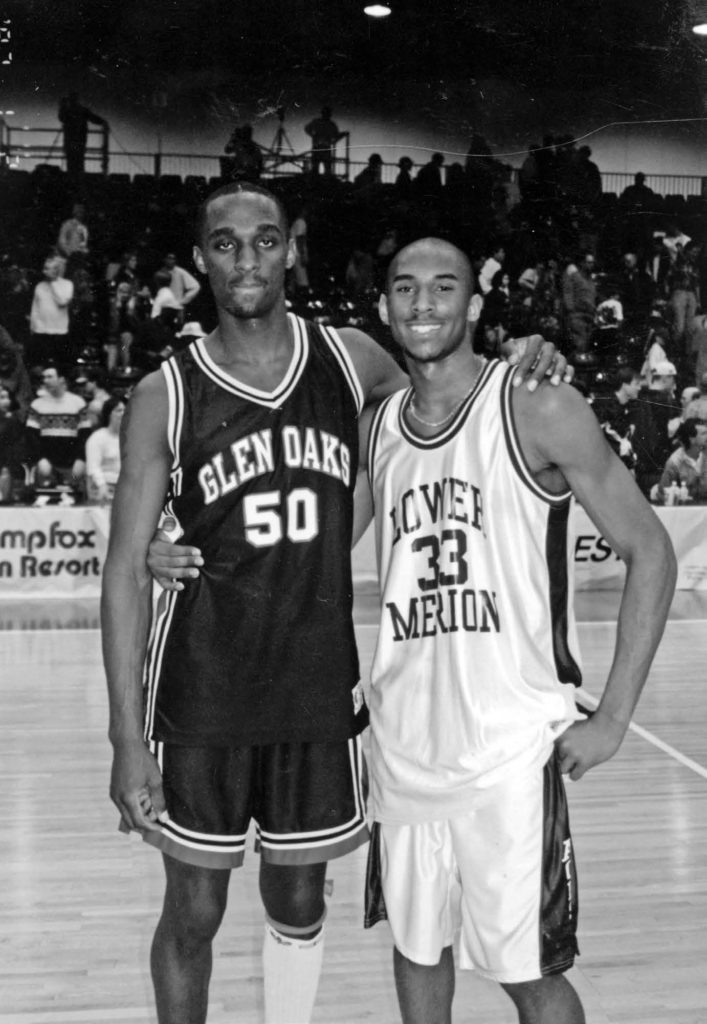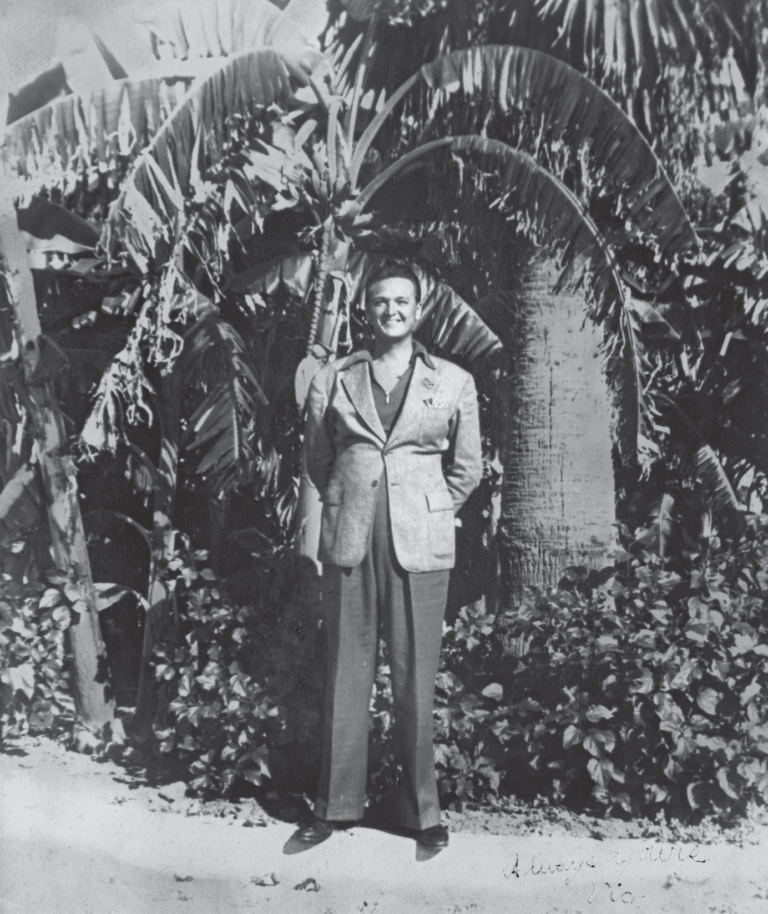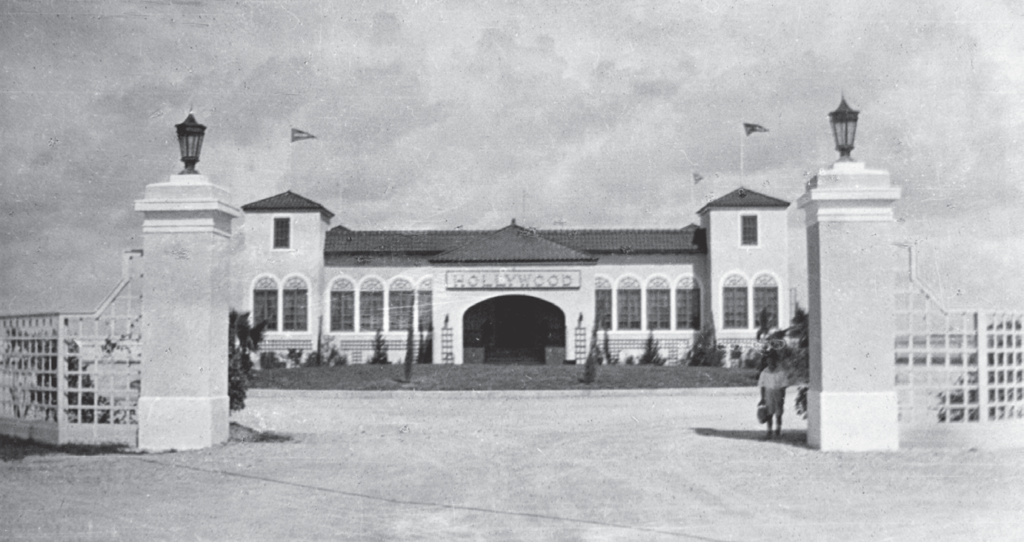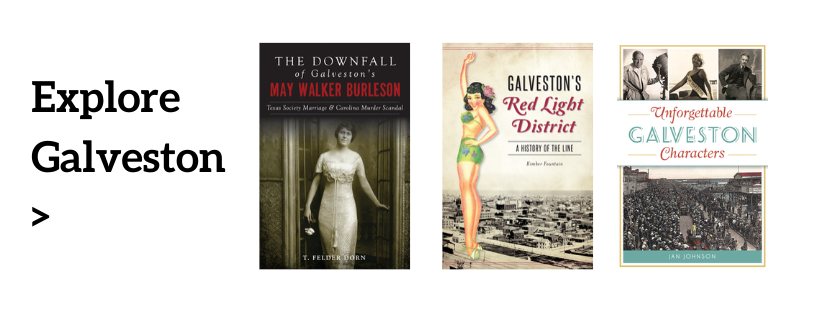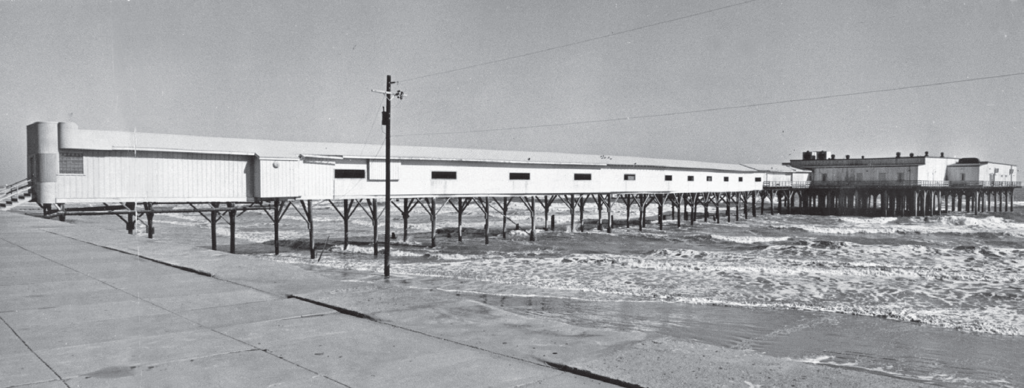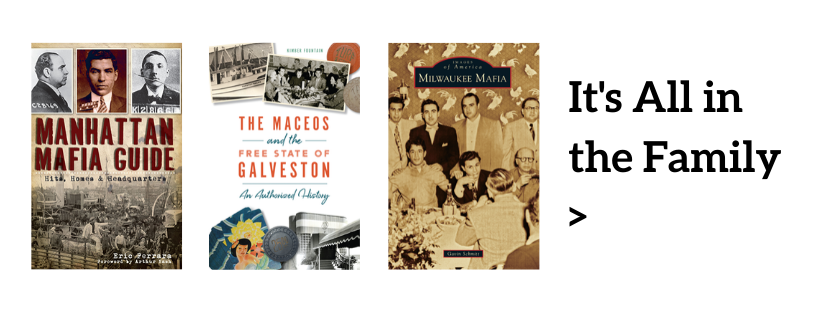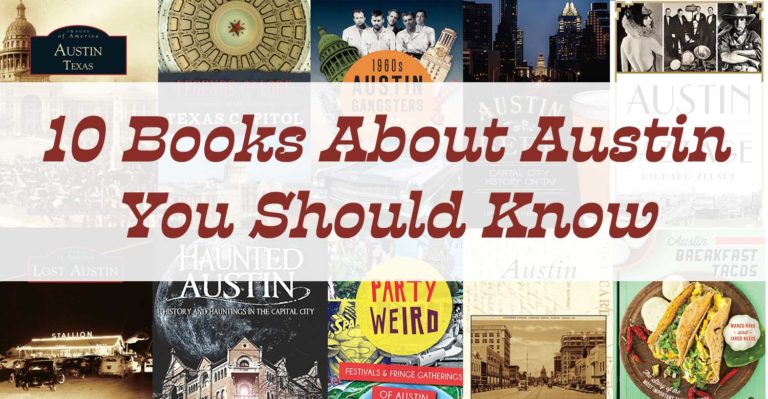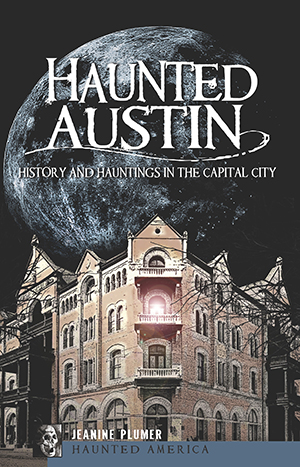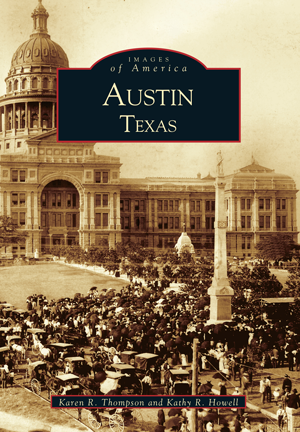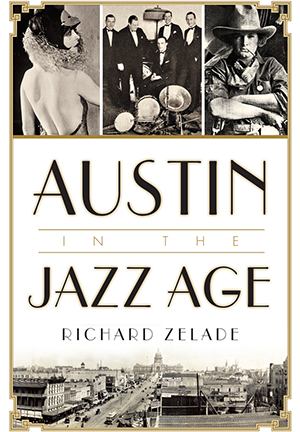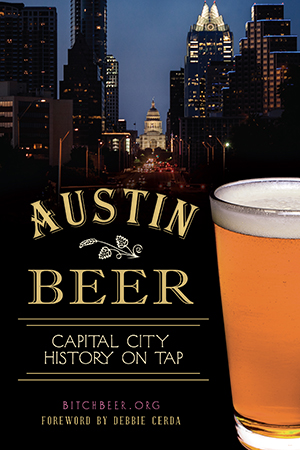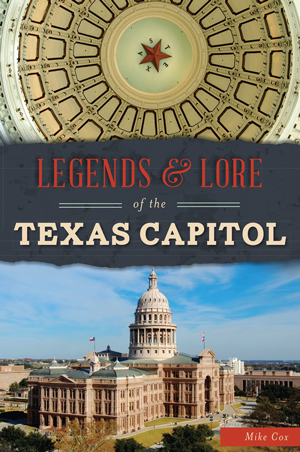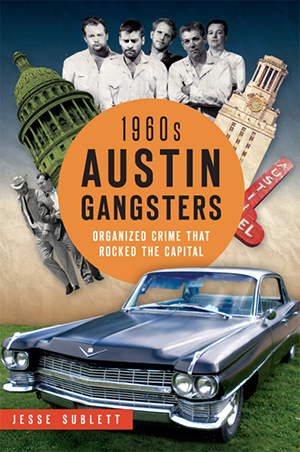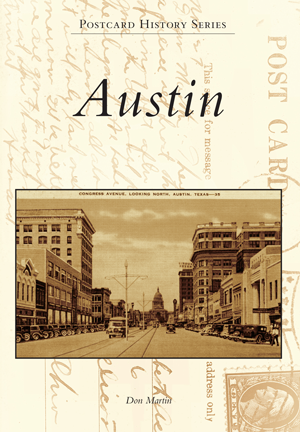Austin, Texas is one of America’s most interesting cities. From the dynamic food and music culture to the frontier spirit and forgotten tales of old, it continues to captivate all who visit. Hundreds of books have been written about Austin, and we’ve compiled a list of 10 that we believe every Austinite should know and have in their personal libraries. Enjoy!
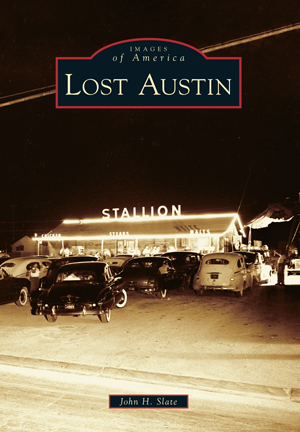 Known to some as “Capitol City,” “River City,” and “Groover’s Paradise,” Austin is a diverse mix of university professors, students, politicians, musicians, state employees, artists, and both blue-collar and white-collar workers. The city is also home to the main campus of the University of Texas and several other universities. As Austin has grown to become more cosmopolitan, remnants of its small-town heritage have faded away. Austin’s uniqueness—both past and present —is reflected in its food, architecture, historic places, music, and businesses. Many of these beloved institutions have moved on into history. While some are far removed in the mists of time, others are more recent and generate fond memories of good times and vivid experiences. Images of America: Lost Austin explores, through the collections of the Austin History Center and others, where Austinites once shopped, ate, drank, and played.
Known to some as “Capitol City,” “River City,” and “Groover’s Paradise,” Austin is a diverse mix of university professors, students, politicians, musicians, state employees, artists, and both blue-collar and white-collar workers. The city is also home to the main campus of the University of Texas and several other universities. As Austin has grown to become more cosmopolitan, remnants of its small-town heritage have faded away. Austin’s uniqueness—both past and present —is reflected in its food, architecture, historic places, music, and businesses. Many of these beloved institutions have moved on into history. While some are far removed in the mists of time, others are more recent and generate fond memories of good times and vivid experiences. Images of America: Lost Austin explores, through the collections of the Austin History Center and others, where Austinites once shopped, ate, drank, and played.
A killer lurks in the dark streets, victimizing servant girls throughout 1885, and Austin becomes the first American city to claim a serial killer. The spirits of convicts wander amidst the manicured grounds of the Texas State Capitol while inside a public servant assassinated in 1903 still haunts the corridors. These are just a few of the strange and frightening tales of Haunted Austin. Within these pages lies evidence that the frontier bravado legendary in so many Texas men and women lives on long after death. Author Jeanine Plumer explores the sinister history of the city and attempts to answer the question: why do so many ghosts linger in Austin?
Party Weird: Festivals & Fringe Gatherings of Austin
In 1839, Texas officials toasted their new capital of Austin, and its citizens never ran out of excuses for revelry. Austinites celebrate their homegrown and vibrant culture, renowned and innovative music, street life and collective quirkiness with pride. While world-class events now call the city home, in a culture that eschews conformity at every turn, Austin’s underground social gatherings are what truly earn it bragging rights. Discover the grass-roots origins of the enigmatic eccentricity that has drawn people from all corners of Texas and now from the whole world. Feel the beat of drum circles at Eeyore’s Birthday Party in April, sling puns at the annual O. Henry Pun-Off or share a meal with strangers at the monthly Perpetual Potluck Picnic–or Jim O’s, as the locals say. Author Howie Richey explores the offbeat, exuberant culture and history of the city that started with a party that just didn’t stop.
Images of America: Austin, Texas
Featured here in over 200 vintage photographs is the history of this independent city, and the people who made it what it is today. Land agent Stephen F. Austin brought the first Anglo settlers to the Spanish territory in 1821 and guided them until independence in 1836. Seen here are the images that capture the spirit of those original pioneers and their achievements, including the French Legation, the construction of the capitol, and the Texas governor’s mansion, the oldest governor’s residence west of the Mississippi. Also pictured are the familiar faces of Austin’s long history, including Austin’s first mayor, Edwin Waller, and past governor Alan Shivers.
Austin In the Jazz Age
Though renowned as a great music city today, Austin’s contemporary music scene pales in comparison with the explosion of creative talent the city spawned during the Jazz Age. Dozens of musicians who started out in the capital city attained national and international fame—but music was just one form of artistic expression that marked that time of upheaval. World War I’s death and destruction bred a vehement rejection of the status quo. In its place, an enthusiastic adherence to life lived without question or consequence took root. The sentiment found fertile soil in Austin, with the University of Texas at the epicenter. Students indulged in the debauchery that typified the era, scandalizing Austin and Texas at large as they introduced a freewheeling, individualistic attitude that now defines the city. Join author Richard Zelade in a raucous investigation of the day and its most outstanding and outlandish characters.
Austin Beer: Capital City History On Tap
Austin might be known for its live music, but its beer scene is just as vibrant and historic. As early as 1860, German immigrant Johann Schneider started brewing beer out of a saloon on Congress Avenue, later crafting innovative brew vaults, the first of their kind in the city. Proving that Austin taste buds were thirsty for something more dynamic than a Lonestar, the end of the twentieth century and beginning of the twenty-first saw a huge boom in craft beer production by native Austinites and transplants alike, creating a culture of local beer advocates, homebrewing enthusiasts and innovators that could only come out of Austin. Join the ladies behind hilarious and informative beer blog BitchBeer.org as they explore Austin beer history, developments and culture–complete with read-along drinking games and local beer pairings.
Legends & Lore of the Texas Capitol
From its beginning as one of the most ambitious construction projects west of the Mississippi, the imposing red granite Lone Star statehouse loomed large in Texas lore. The iconic landmark rests on a foundation of election rigging, an unsolved murder, land swaps and pre-dedication blackmail. It bore witness to the first meeting between LBJ and Lady Bird, as well as a bizarre resolution honoring the Boston Strangler. Mike Cox digs up a quarry’s worth of the capitol’s untold history, cataloguing everything from its ghost stories to its public art and collectible tourist kitsch.
Austin Breakfast Tacos: The Story of the Most Important Taco of the Day
Fresh tortillas, fluffy huevos con bacon and spicy salsa–good morning, Austin. Or good afternoon, evening, night–whenever From taco tailgates to taquerias, there is a taco for every occasion and persuasion. Some say that it was born in the days of cowboys and vaqueros, and others say it was a creation of the Tex-Mex culture, but one thing is certain: the breakfast taco has taken over the Capital City. From South Congress to North Austin, neon and chalkboard signs tempt hungry passersby with their best morning-time handheld bites. With over forty breakfast taco recipes, Mando Rayo and Jarod Neece investigate (and masticate) the history, culture and traditions of that indelible and delectable Austin treat: the breakfast taco..
1960s Austin Gangsters
Timmy Overton of Austin and Jerry Ray James of Odessa were football stars who traded athletics for lives of crime. The original rebels without causes, nihilists with Cadillacs and Elvis hair, the Overton gang and their associates formed a ragtag white trash mafia that bedazzled Austin law enforcement for most of the 1960s. Tied into a loose network of crooked lawyers, pimps and used car dealers who became known as the “traveling criminals,” they burglarized banks and ran smuggling and prostitution rings all over Texas. Author Jesse Sublett presents a detailed account of these Austin miscreants, who rose to folk hero status despite their violent criminal acts.
Postcard History Series: Austin
As the capital of Texas, Austin has a long and colorful history. The first residents were nomadic Native Americans who camped here as long ago as 9000 BC because of the area’s beauty, the clear Colorado River, and the wildlife. These are the very same things that attract people to Austin today. Originally called Waterloo, Austin has grown from a tiny town on the edge of the western frontier in 1839 into the capital city it is today. The University of Texas lent prestige, the state government erected buildings, the railroads came to town, and Congress Avenue—the “main street” of Texas—filled with thriving businesses.
Interested in learning even more about Austin, Texas? Browse Now!
Discover Fascinating Facts & Stories About Your Home Town
We LOVE the zip code tool on Arcadia Publishing’s website. Simply enter your zip code and get search results for books about the place where you live, grew up, or want to move. Try it now!
